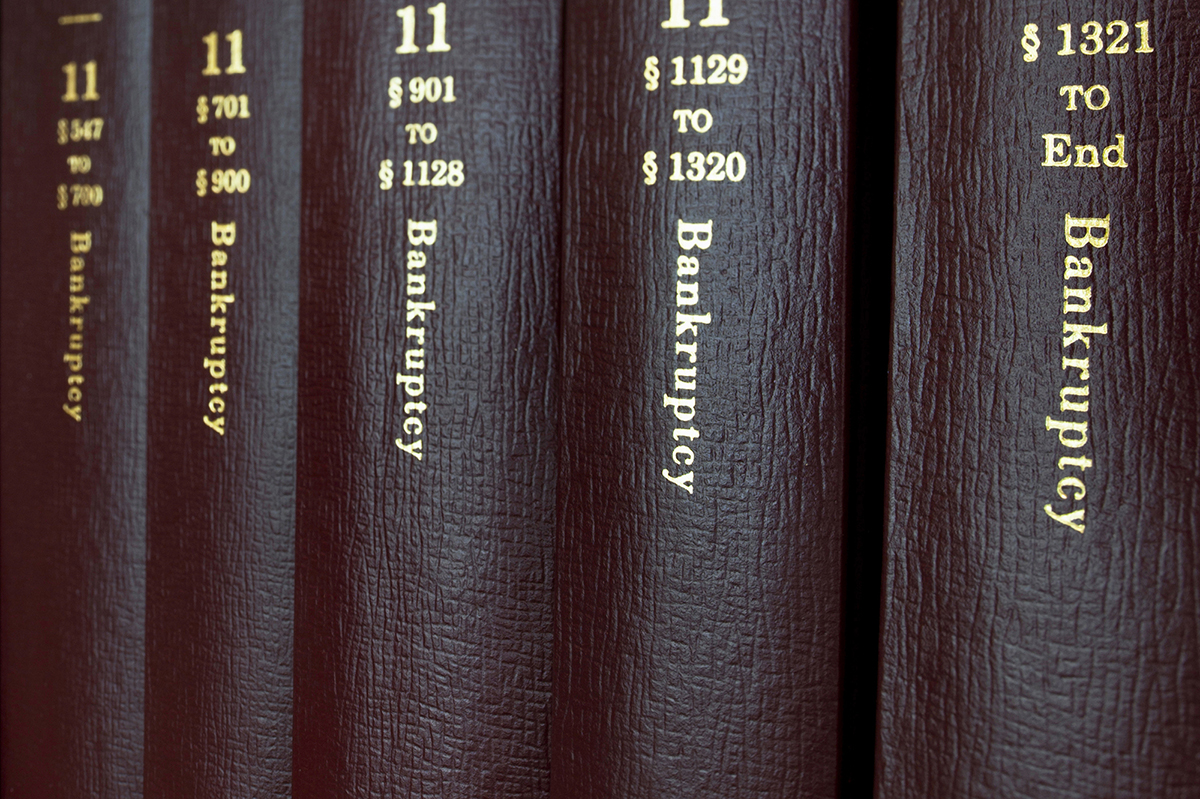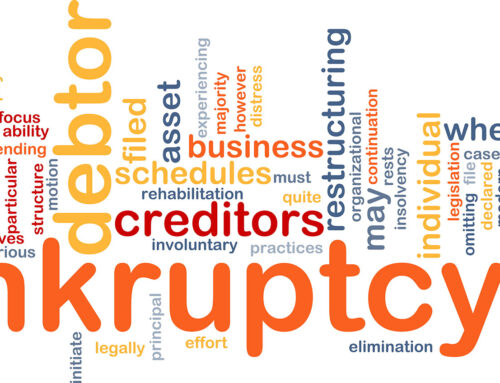I had a front row seat at the U.S. Supreme Court last week in the consolidated bankruptcy case of In Re: Toledo and Caulkett. The issue being argued was whether an individual in a chapter 7 liquidation bankruptcy can strip and void the lien of a second mortgage when the first mortgage balance is more than the property value. All other Federal Circuits, with the exception of the 11th Circuit Court of Appeals, have answered the question “no” based on a 1992 U.S. Supreme Court decision called Dewsnup. Although the specific Bankruptcy Code section (Sec.506) argued in Dewsnup is the same, the fact pattern is different only to the extent that in Dewsnup the issue was whether an individual in a chapter 7 liquidation bankruptcy could “strip down” a first mortgage lien to its then present market value and forgive the balance owed. There was no second mortgage in Dewsnup. The following fact patterns will help to understand the “strip-down” and “strip-off” concept and the competing interests:
Fact pattern resembling a Dewsnup scenario: Individual has a home valued at $100,000.00. There is only one mortgage on the property with a balance owed of $150,000.00. Under this fact pattern, can the individual in a chapter 7 liquidation bankruptcy “strip-down” the value of the subject property to $100,000.00 and have the $50,000.00 balance of the loan unsecured by the mortgage lien? (i.e. the individual now only owes $100,000.00 on the mortgage and not $150,000.00). The U.S. Supreme Court in Dewsnup said no based on the interpretation of the applicable Bankruptcy Code provision (Sec. 506) and pre-bankruptcy law.
Fact pattern resembling In Re: Toledo and Caulkett scenario: Individual has a home valued at $100,000.00. There is a first mortgage balance on the property of $100,001.00 (i.e. $1 more than the value of the property) and a second mortgage of $25,000.00. Under this current case and fact pattern, can the individual in a chapter 7 liquidation “strip-off” (i.e. zero-out) the balance of the second mortgage and void the second mortgage lien completely?
The Creditor-Bank position is that the U.S. Supreme Court’s ruling in Dewsnup must be applied in both the “strip-down” and “strip-off” fact patterns. Specifically, based on the Court’s prior holding providing an interpretation of the text of the law passed by Congress (i.e. Sec. 506). Moreover, the Court recognized pre-Bankruptcy Code law whereby all liens survived bankruptcy with any increase in value of property benefitting the bank under the bargaining between the bank and a consumer as opposed to a windfall to the consumer. Lastly, Congress has modified the Bankruptcy Code twice since Dewsnup without modifying Sec. 506. On the other-hand, the individual-Debtor’s position is that Dewsnup is strictly limited (as stated in the Opinion) to “strip-downs”. The argument is that because there is no value at all as related to the second mortgage, as opposed to some value where there is only a first mortgage, the bank’s lien is voided because there is no secured claim amount under the specific Code provision.
Justice Scalia, who wrote a strong dissenting Opinion in the Dewsnup case, still believes that the majority in the Dewsnup Court got it wrong. Justice Kagan acquiesced for a bit until questioning how the Court can reconcile without overruling Dewsnsup. Justice Sotomayor focused on the actual application of the Bankruptcy Code section in a variety of bankruptcy contexts, while Justice Breyer and Justice Kennedy focused on the practical impact on the banking industry and the benefit of the bargain between parties to a mortgage lending transaction. Justice Alito, at one point, even suggested that ruling in favor of the consumer could result in tightened lending standards. Chief Justice Roberts and Justice Ginsburg focused mainly on the Court’s precedent (i.e. Dewsnup) and its holding and, in essence, Congress acquiescence to the Dewsnup decision. It appears that all the Justices, with the exception of Justice Thomas who remained silent, are leaning toward the position that the attempted “strip down” in Dewsnup and the “strip off” in the current case being considered, is a distinction without a difference.
It seems the Court agrees that there is no distinction between the first and second fact pattern for analysis purposes, rather the issue is how to reconcile the Dewsnup decision. In my opinion, unless the Court overrules Its Dewsnup decision, under either fact pattern, the mortgage lien (first or second) continues and survives beyond the conclusion of the chapter 7 bankruptcy with any increase in property value inuring to the benefit of the bank. The consumer can then either elect to pay the mortgage or receive the benefit of not having to pay the personal debt (i.e. a “fresh start”), while the bank is protected by its lien; exactly what the parties bargained for initially. I believe the argument to apply Dewsnup in both fact patterns is strong since Congress has had ample opportunity to amend Sec. 506 and has elected not to do so and, thus, has acquiesced to the ruling. The practical impact in ruling for the consumer includes the financial impact to the banking industry (billions of dollars lost, millions of dollars defending “strip-offs” in the future (i.e. litigating property value) and stricter lending requirements. Moreover, there could be unintended consequences such as the impact on the monetary thresholds to qualify under the various chapters of the Bankruptcy Code.
Should have the Court’s decision early this Summer so keep watching our posts!





Stay In Touch